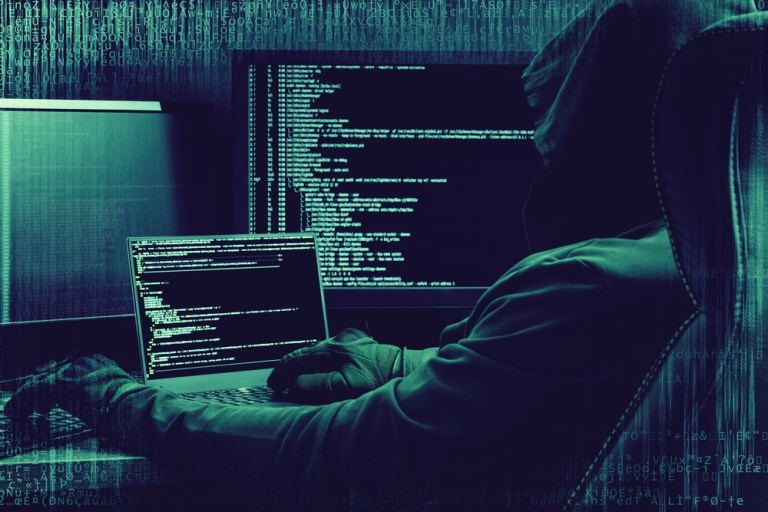Big Banks See Uptick In Cyberattack Attempts

Sources have reported that some large U.S. banks have seen a boost in attempted cyberattacks in recent weeks.
According to The Wall Street Journal, the news comes at a time when the government is increasing its warnings to financial institutions about bank cybersecurity and possible cyberthreats, asking banks such as Bank of America, Citigroup, JPMorgan Chase, and Wells Fargo to closely monitor traffic from hackers who might be looking for weaknesses in their bank security networks.
Not only are banks prime targets because of the multitude of sensitive consumer information they hold, but also for the fact that an attack could cause market turmoil.
But a spokeswoman for FS-ISAC noted that there has been “no heightened increase of cyberthreats to the financial services sector.”
Still, U.S. banks have been preparing for the possibility of a massive cyberattack for quite some time. Last year, financial institutions began quietly doomsday-prepping for a successful apocalyptic attack on their computers by hackers with the goal of heading off a run on the bank by panicked citizens.
Called Sheltered Harbor, the project currently includes banks and credit unions holding between them about 400 million U.S. accounts. The project requires that each member bank offers up its data such that it can be used by other firms in the event their computers are totally disabled by a cyberattack.
The concern among bankers isn’t that hackers will merely abscond with funds — another possibility is that they will simply hold funds hostage by finding ways to lock the custodial banks out of them. Hackers could also threaten to destroy the data.
Such an attack could leave a bank wholly unable to function for days or even weeks or months, depending on the severity of the attack.
“So far, most people think about cyber in terms of having a credit card stolen,” said Stuart Madnick, a professor of information technologies at the MIT Sloan School of Management. “What you’re talking about now is a nuclear attack: if you can’t get to the ATM and get it to work.”